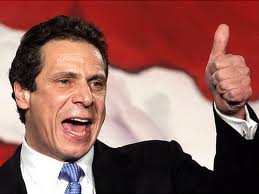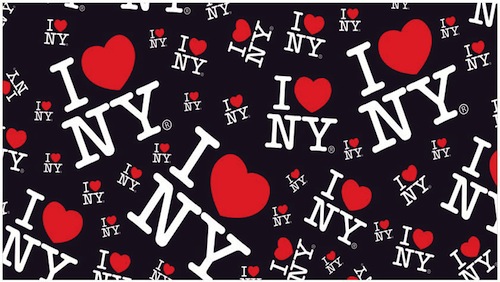 It didn’t come easy, but through fire and brimstone, New York governor Andrew Cuomo and state legislative leaders have finally struck an agreement to green light four upstate New York casinos that would be developed to jumpstart employment and provide a much-needed economic boost in the area.
It didn’t come easy, but through fire and brimstone, New York governor Andrew Cuomo and state legislative leaders have finally struck an agreement to green light four upstate New York casinos that would be developed to jumpstart employment and provide a much-needed economic boost in the area.
“This legislation is a major step forward in our efforts to both capitalize on this economic development and tourism potential and end the trend of letting neighboring states with legalized gaming take revenue that should be going to our schools,” Cuomo told the Associated Press.
The deal will allow the development of seven non-Indian casinos statewide over the course of several years. The first phase phase calls for the establishment of four Las Vegas-style resort casinos in upstate New York with the locations having been determined to include the Southern Tier near Binghamton, the Hudson Valley-Catskills area and somewhere in the Albany area. The Catskills, being a traditional resort and tourist town, could also be in line to get two casinos. To give these casinos a chance to get their feet on the ground and establish themselves in their respective locales, no casinos will be built in New York City, Long Island, and Westchester and Rockland counties for at least seven years. Likewise, no casinos will be located in zones around Indian tribes operating their own casinos under federal law.
In addition to agreeing on the short and long term development plans for these casinos, the deal between the governor and legislative leaders also authorizes a pair of video slot centers on Long Island, each coming with 1,000 machines, and will be operated by off-track betting agencies in the Suffolk and Nassau counties.
Although the two parties appear to be on the same page now, the deal is still subject to a vote in the coming months. State voters still have to approve a constitutional amendment to overturn the ban on full-fledged casinos in the state that are outside of Indian land. That, however, is still far from certain because definitive support behind the move is a luxury that Cuomo and state legislatures still don’t have at their disposal. Recent polls, including one done by Siena College, shows that the proposal has drawn mixed reactions from voters leading up to the vote this fall.
But Cuomo and legislative leaders aren’t waiting for the results of the vote to decide their next move forward. In the event it passes, the two sides have already laid out a plan that would call for a commission that will be appointed by the governor and legislative leaders to be the one in charge of picking the casino operators with particular importance being placed on track record and on who can send the largest share of profits to the government. A big chink of these revenues – Cuomo expects the state to receive $1 billion a year when all casinos are up and operational – will be used by the state to aid public schools with the communities where the casinos will rise also getting a share of the revenues.
